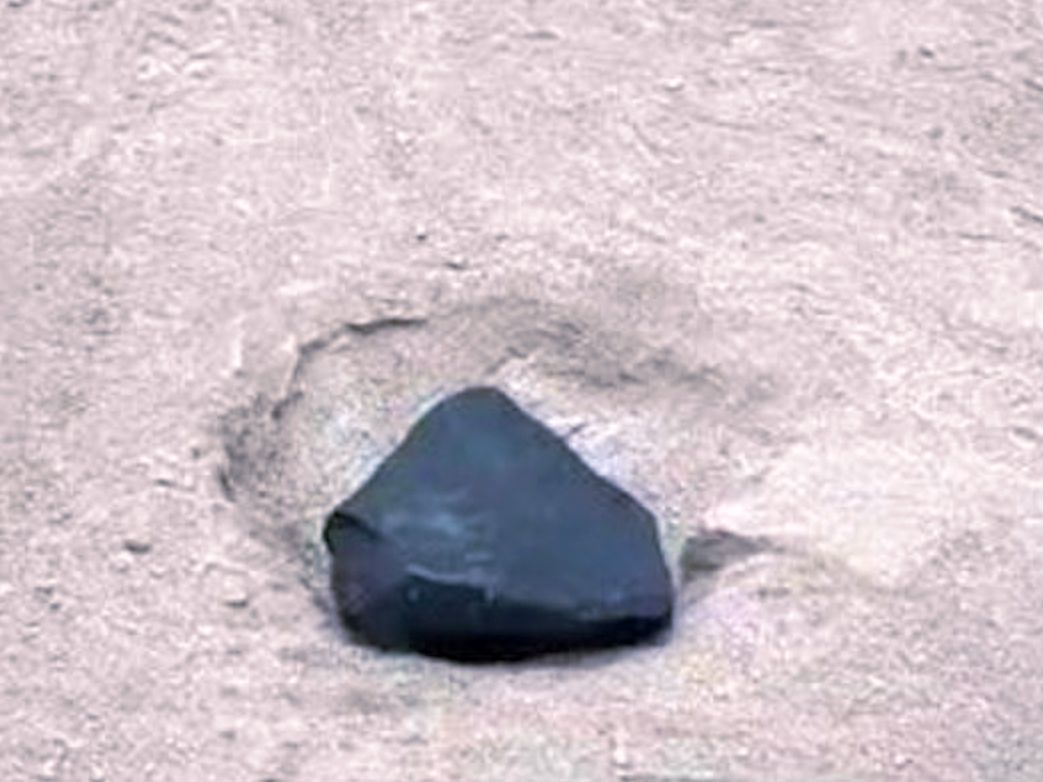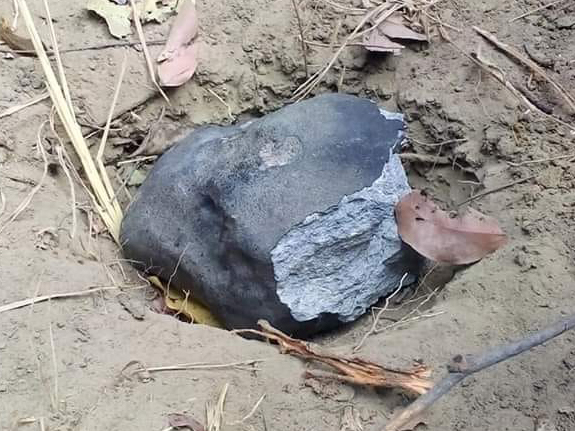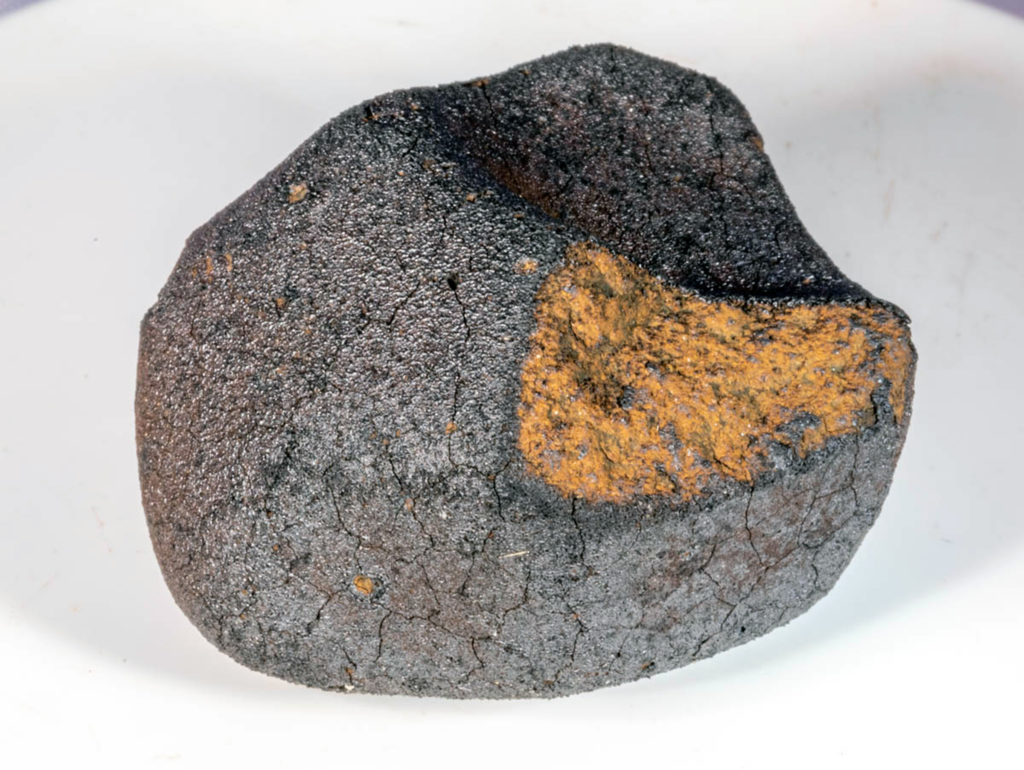Microtextures and structures in metal–sulfide grains in NWA 869 meteorite and their relation to thermal history of L-chondrite parent bodyOPEN ACCESS
Paulina Skirak, Gabriela Opiła, Adam Piestrzyński, Gabriela Kozub-Budzyń, Czesław Kapusta
MAPS, Version of Record online: 10 February 2025
LINK (OPEN ACCESS)
PDF (OPEN ACCESS)
“Results of microanalysis study of NWA 869 meteorite, an ordinary chondrite, where silicates, Fe-Ni alloys, and troilite are major constituents, are reported. The presented study of microtextures in metallic and sulfide grains provides information on processes occurring from the asteroid’s accretion, through the impacts until cooling. The presence of metal–silicate emulsion, swiss-cheese texture, and polycrystalline kamacite–troilite aggregates observed indicates very rapid increase in temperature due to impact. Fizzed troilite, slightly homogenized taenite domains, and intergrowth of native copper in plessite imply rapid cooling in isolated regions in space. Agrell effect on the interface of kamacite–taenite grains and non-corroded tetrataenite rims indicates that the sample contains rock fragments from a region unaffected directly by the impact or rapid heating. Diversity of petrological types, lithic clasts with shock grade higher than S3, shock-darkened clasts or impact melting rocks, and variation of microtextures suggest that the parent body of L-type chondrites after accretion, radiogenic metamorphism, and consequent formation of the onion–shell model broke up into debris after the impact of eucrite body.”
































